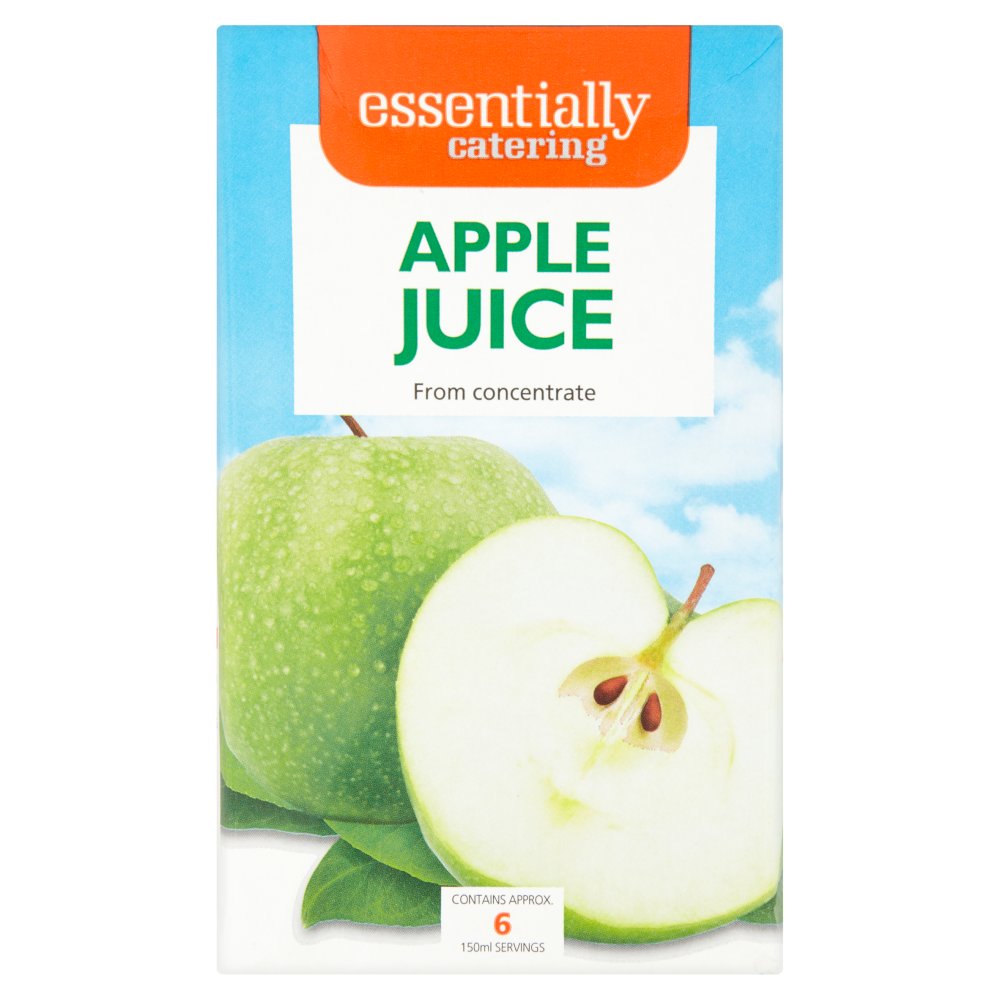

In short, you cut the crab apples, removing the stems, cores, and blossom ends. Making crab apple juice without a juicer is the most labour-intensive of the three juice-making methods, but it’s also the cheapest and best use of the whole apple. Thanks for supporting Shifting Roots! The Low-Tech Way: Making Crab Apple Juice Without a Juicer You can read more about this in my privacy policy. This post contains affiliate links, meaning that if you purchase something, I earn a small commission at no extra cost to you. So get your crab apples ready and let’s make some juice! In this post, I’ll go over the three different methods I’ve used to make crab apple juice, what you need to make them, and the pros and cons of each of them. Yes, you can have goals when it comes to canning and preserving, as silly as that may seem. Each method has its pros and cons, and I have my favourites depending on what my goals are. Over the years, I’ve made and canned a lot of crab apple juice using different methods. And while it’s a lot of work to pick the apples, make the juice, and can it, it is definitely worth it. If you love crab apple juice, the only way to get it is to make it yourself. (Although, this stuff is so good we doubt that’ll it last that long.There’s nothing like the taste of homemade crab apple juice, and you can’t buy it in stores. Remember, homemade apple juice doesn’t contain any preservatives, so keep it refrigerated and use within a week. That leftover apple mush you saved? Turn it into applesauce by adding sugar and cinnamon to taste, pureeing to the consistency you like, and presto: homemade applesauceĪll that’s left to do is to enjoy the fruits (get it? sorry!) of your labor. If the juice tastes too strong you can add a bit of water to dilute it slightly.
#Simply pressed apple juice free
Feel free to add in a little cinnamon as well if you want to spice it up a bit. Here is where you can adjust the sweetness to your taste by adding additional sugar (or the sweetener of your choice). Once the juice has cooled, go ahead and taste it. Keep repeating this process until all of your juice is in the jar. But don’t throw away the mush! Save it for later in a separate bowl.

The juice will filter through into your jar leaving the apple mush in the sieve. Slowly ladle the apple-water mixture into the fine mesh strainer and gently mash the apples. It helps if your bowl has a handle when it comes time to pour into your storing container, but it’s not necessary. Place a coffee filter or cheesecloth in your fine mesh strainer and place over a bowl.

Slowly boil the apples for 20-25 minutes or until the apples are very soft. Tip: it’s a lot easier to add water later if your final juice is too strong tasting. Adding too much water will result in diluted juice. Note: leaving your peels on will affect the color of your juice and may give it a pink tint, depending on your apple variety.Īdd the apples to your pot and add enough water to just cover them. Then cut the apples into slices you can even leave the peels on. Large stew pot Large bowl Fine mesh strainer Bowl strainer fits over (helpful if it has a handle) Clean jar or container and lid for storing the juice Filter (coffee filter or cheesecloth) Ladle Large wooden spoonįirst, wash and core the apples to remove the seeds (we’re huge fans of using an inexpensive apple slicer to save time on this step). Better yet, mix a few varieties of apples to get a more complex flavor. So, we recommend starting with a naturally sweet apple like Fuji, Gala or Red Delicious. Now, here’s a crucial tip: the apples you pick will greatly affect the taste of your juice. bag of apples you’ll need about 18 apples to make 2 quarts (about 8 cups) of juice. If you love fresh apple juice but don’t have time to trek out to an orchard this fall then have we got a trick for you homemade apple juice is incredibly easy, tastes amazing, and only takes a few simple steps. Ever wanted to make fresh, homemade apple juice at home? Surprise! It’s totally easy and the perfect way to toast the fall season.


 0 kommentar(er)
0 kommentar(er)
